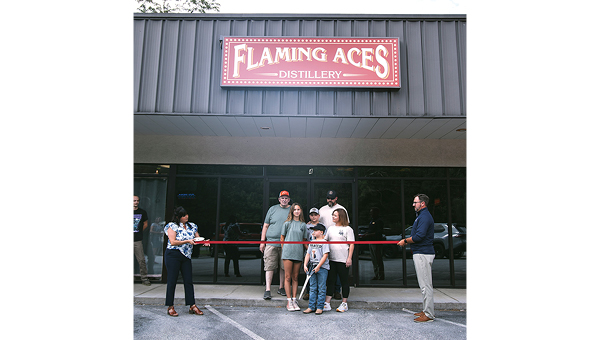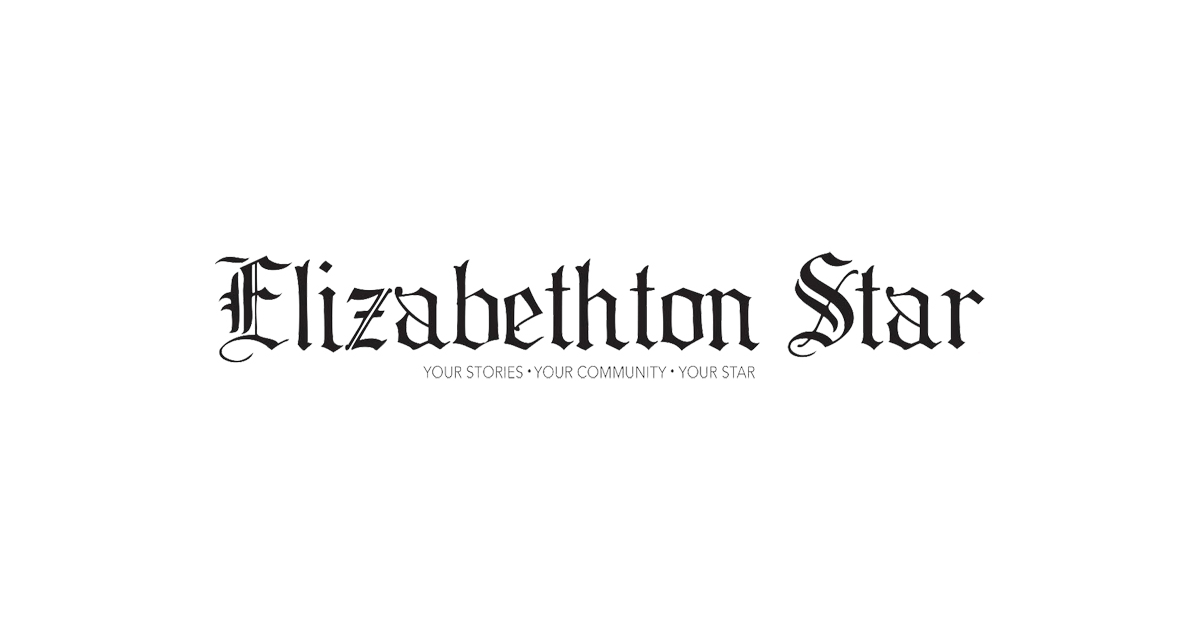Tennessee’s public infrastructure needs increased to $54.8 billion
Published 8:29 am Tuesday, February 11, 2020
NASHVILLE — Tennessee needs at least $54.8 billion of public infrastructure improvements during the five-year period of July 2018 through June 2023, according to a new report released by the Tennessee Advisory Commission on Intergovernmental Relations (TACIR). Public infrastructure improvements for Carter County total $205.7 million, a decrease of $6.7 million (3.2%) since last year’s report.
The current report, which is based on information provided by state and local officials, shows an increase of $4.8 billion in the entire state’s infrastructure needs (9.7%) from the February 2019 report.
• Statewide, the top three areas of need are:
Trending
• Transportation at $29.0 billion,
• Post-secondary education at $5.3 billion, and
• School Renovations at $5.2 billion.
Officials report that Carter County’s top three areas of need are:
• Transportation at $116.1 million,
• Recreation at $29.8 million, and
Trending
• School renovations at $19.4 million.
The county’s total estimated cost for new or improved infrastructure is $3,650 per capita, compared with $8,090 per capita statewide. Carter County’s estimated transportation needs per capita amount to $2,059, lower than the statewide estimate of $4,281 per capita. Carter County reported recreation infrastructure needs of $529 per capita, higher than the statewide average of $213 per capita. As for school renovations infrastructure needs, Carter County reported $344 per capita, which is lower than the statewide average of $761 per capita.
Less than a third of the money needed to meet Tennessee’s public infrastructure needs has been identified. Statewide, officials are confident that $13.6 billion (24.8%) will be available for the $41.1 billion in needs for which funding information is collected in this year’s report. About $20.8 million (13.5%) of the $153.9 million total funding needed to meet Carter County’s infrastructure needs has been identified. Funding information for needed improvements at existing schools and for needs reported in state agencies’ capital budget requests is not collected in the inventory.
Among Tennessee’s 95 counties, Carter County ranked:
• 25th in total population (56,351),
• 87th in population change between 2000 and 2018 (-487),
• 81st in population growth rate since 2000 (-0.9%),
• 21st in population density at 165 people per square mile,
• 44th in total estimated infrastructure needs ($205.7 million),
• 79th in total estimated infrastructure needs per capita ($3,650), and
• 44th in total public school needs per student ($3,485).
This report is the only source of statewide information on the condition of public school buildings and the cost to put them all in good or better condition. According to local school officials, 88.5% of local public schools statewide are now in good or excellent condition. However, they estimate the cost to put the remaining 11.5% in good or better condition and keep the others in good or excellent condition is $4.9 billion, which is a $240 million increase from the cost reported in the previous inventory.
Officials in Carter County rated 5.0% of their school buildings as less than good overall. Local officials estimate the cost to upgrade or maintain existing schools to good or better condition is $15.0 million for the Carter County School System, and $10.5 million for the Elizabethton School System. The cost to bring all Tennessee public school buildings up to at least good condition is $2,462 per student statewide, compared with $2,584 per student in Carter County.
This year’s report, like last year’s, includes a statewide overview chapter that provides information by type of infrastructure, the condition and needs of our public school facilities, the availability of funding to meet reported needs, and a comparison of county-area needs. Following that section, one-page summaries for each county-area list the estimated cost for all types of infrastructure by stage of development. The summaries also highlight the top three types of infrastructure improvements needed in each county based on total estimated cost and compare the infrastructure needed at public school systems to student enrollment. Further detailed county-area information about each type of infrastructure in the inventory, along with relevant legislation, inventory forms, and a glossary of terms, can be found in the appendixes to the report.
The full report can be found on TACIR’s website at https://www.tn.gov/tacir/infrastructure/infrastructure-reports-/infrastructure-needs-2018-2023.html.
TACIR’s mission is to serve as a forum for the discussion and resolution of intergovernmental problems, provide high quality research support to state and local government officials in order to improve the overall quality of government in Tennessee and to improve the effectiveness of the intergovernmental system to better serve the citizens of Tennessee.





